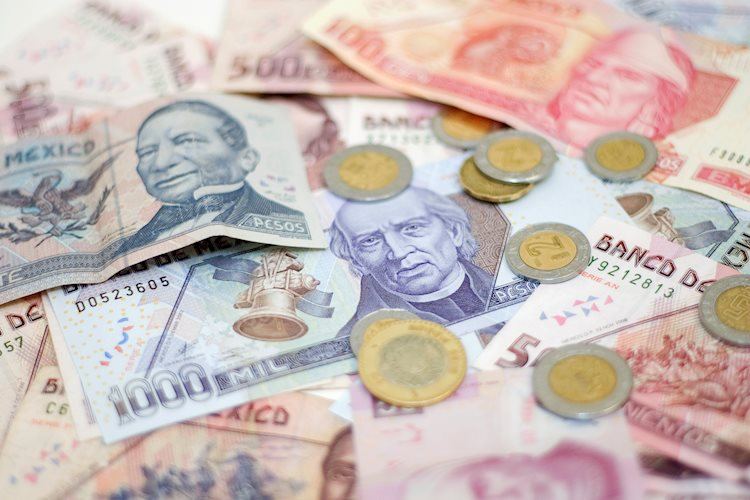The Mexican Peso has been on a rollercoaster ride, recovering slightly after hitting a two-year low against the US Dollar. However, it remains volatile as investors react to former President Donald Trump’s victory in the US election. At the moment, the USD/MXN trades at 20.10, slightly above its opening price. Mexico’s economic docket has been relatively quiet, with the focus being on the Supreme Court’s discussion of a judicial reform proposal that could impact the state of law in the country.
The Supreme Court’s discussion of Judge Juan Luis González Alcántara Carranca’s proposal did not gain the necessary votes for approval, meaning the approved judicial reform from September remains in place. However, the US presidential election results have overshadowed much of the news in the financial markets. Trump’s victory and his threats of imposing tariffs on Mexican imports have kept the Peso holders on edge. The USD/MXN remained volatile throughout the session, hitting yearly highs before retreating.
With the US economic docket being empty, all eyes are on the Federal Reserve’s anticipated rate cut, which may influence the USD/MXN direction in the coming days. The Fed is expected to lower rates by 25 basis points, and Fed Chair Jerome Powell would address the decision at a press conference. The Mexican Peso has been affected by the political turmoil in Mexico following the judiciary reform approval, but analysts see Mexico’s inflation moderating in October.
In terms of technical outlook, the USD/MXN remains on the defensive despite trimming some losses. The uptrend in the pair remains in play, and buyers need to reclaim the 20.50 level to retest two-year highs. On the downside, the first support is at 20.00, followed by other key levels. The main objective of Mexico’s central bank, Banxico, is to maintain low and stable inflation levels, which impacts the interest rates set by the bank. Higher interest rates tend to strengthen the Mexican Peso, while lower rates weaken it.
Macroeconomic data releases play a crucial role in assessing the state of the Mexican economy and can impact the valuation of the Peso. A strong economy with high growth and low unemployment is positive for the Peso, attracting foreign investment and potential interest rate hikes. As an emerging-market currency, the Mexican Peso tends to perform well during risk-on periods but weakens in times of market turbulence. Overall, geopolitical factors, economic data, and interest rates all influence the value and volatility of the Mexican Peso.











